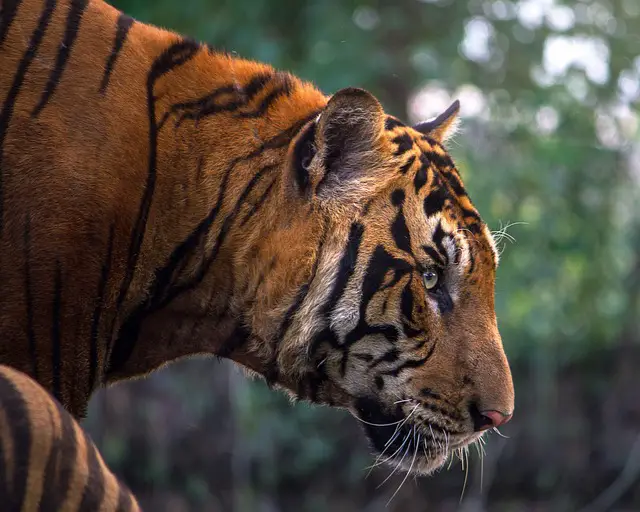Animals have captivated our curiosity for centuries. From the fascinating migratory patterns of birds to the intricate social structures of primates the study of animal behavior offers us a glimpse into their intricate lives. In this article we delve into the world of animal behavior exploring the factors that shape their actions the communication methods they employ and the remarkable adaptations they possess.
1. Social Dynamics and Hierarchy
Many animal species exhibit complex social structures and hierarchies within their groups. From the intricate dominance hierarchies of wolves to the cooperative behavior of honeybees social dynamics play a vital role in their survival and reproduction. By studying animal behavior we gain insights into the intricate social interactions cooperation and competition that shape their lives.
2. Communication and Signals
Animals communicate through a variety of signals ranging from vocalizations and visual displays to chemical signals and body language. These communication systems enable animals to convey information about their intentions territory reproductive status and danger. Understanding the nuances of animal communication allows us to decipher their messages and gain a deeper appreciation for their complex behavioral patterns.
3. Foraging and Feeding Strategies
The quest for food is a fundamental aspect of animal behavior. Different species have developed diverse foraging and feeding strategies to maximize their chances of survival. Whether it’s the clever problem-solving abilities of ravens or the intricate hunting techniques of big cats studying animal behavior provides insights into their adaptive strategies for finding and securing food sources in their respective environments.
4. Reproductive Behaviors
Reproduction is a critical aspect of animal life and behaviors related to mating courtship and parenting are fascinating subjects of study. From the elaborate courtship dances of birds to the cooperative parenting behaviors of certain mammals each species has evolved unique strategies to ensure successful reproduction and the survival of their offspring. By understanding these behaviors we gain a deeper understanding of the intricate mechanisms of reproduction in the animal kingdom.
5. Adaptations to the Environment
Animals have evolved remarkable adaptations to survive and thrive in their respective environments. From the camouflage techniques of chameleons to the hibernation strategies of bears each species possesses specific behavioral traits that enable them to cope with environmental challenges. Exploring these adaptations provides valuable insights into the ways animals have evolved to survive and adapt to their ever-changing surroundings.
The study of animal behavior allows us to unravel the intricacies of the lives of animals. From their social dynamics and communication methods to their foraging strategies and reproductive behaviors animals exhibit a remarkable array of adaptations and behaviors. By understanding and appreciating these aspects of animal behavior we gain a deeper connection with the natural world and a greater sense of wonder for the diversity and complexity of life on our planet.

Hi, I’m Jodie! I’m a spain-Moroccan writer with a passion for imagination, adventures, magic and stories with heart.
Please don’t hesitate to contact me for any questions, suggestions, comments or feedback.

















Add comment